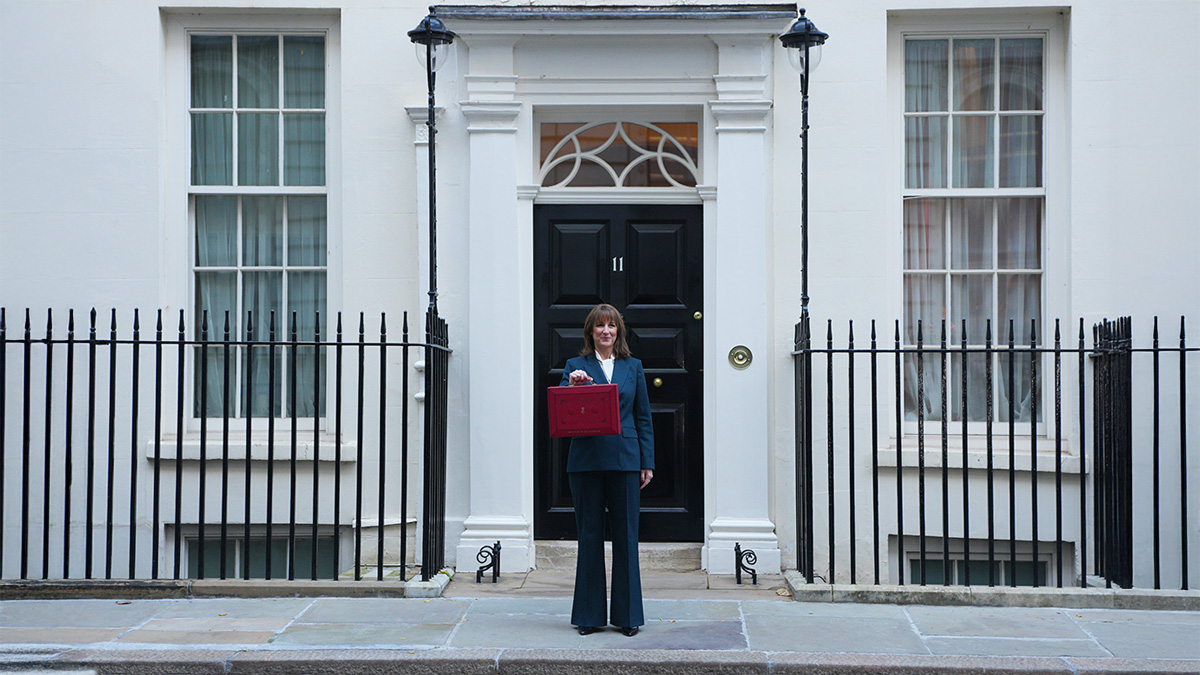Richard Harpin has had a hugely successful career in business. Having founded HomeServe in 1993, he helped build it into one of the UK's largest home emergency businesses. He served as CEO until its acquisition in 2022 by Brookfield Asset Management, in a deal that valued the business at £4.1bn.
He has since founded the investment fund Growth Partner and Business Leader. Here, he covers all things international expansion.
What is the first step in taking any business overseas?
Challenge yourself and ask: “Are we sure we want to do it right now? Shouldn’t it be on the ‘not-to-do’ list because we’ve got more work to do on evolving our product or service, we’ve got masses of growth still to come in our UK business and inevitably going international is going to absorb some resources? Will there be an opportunity cost compared to growing the UK?”
But equally, don’t leave it too late, and then think: “Oh, the business is now going nowhere and we should have gone into a new country a bit earlier.” Timing is really important.
The second step is making sure you have the right team in the UK and the UK business is not going to suffer. If you asked who should be going to the new market to prospect the country, go to trade shows and meet some of the competitors, it’s got to be you as the founder. Nobody knows your business better.
But if you’re spending time out there, make sure you can do that and not worry that the UK business is going to suffer. That element of succession – finding your replacement – do that first before you go big on international development.
What are the main points to consider when choosing a country to expand into?
First, there must be customers like the ones in your home country, so you don’t need to adapt your model too much. I call this the 15 per cent rule. If you have to change the product or service more than 15 per cent, then you should question whether it is the right country and, if not, find one where your product or service will be accepted with no or minimal changes.
Second, is there a competitor there already? If there is, that’s a good sign, because you can look at what they’re doing and it will give you confidence that the market is there. Going back to the first of my eight secrets to building a billion-pound business, it will enable you to copy, pivot and improve.
A good example is a business called Synergym, which I’ve invested in. It’s a twist on PureGym, but in the Spanish market. We’ve gone from 12 gyms when I invested to more than 110 and we’re opening a new one in Spain every six days.
But we’re also looking at where else we could one day go after Spain and asking: is there a competitor there already? What’s the wealth of the country and can people afford a low-cost gym subscription? What’s the population? Is it an easy country in which to do business?
What are the options between employing people in-country versus sending people over from the UK, particularly in the US?
America is a very expensive place to hire people – typically two to three times what a UK counterpart would cost. An American may well be the most expensive employee in your whole business.
So, while it is important to have people on the ground, they should be the frontline people: the general manager or head of business development or sales. Initially at least, you don’t need a whole team on the ground. A lot of the expertise on the product or service, and all the people that are helping grow the business and can sit in the background, should stay in the UK.
My recommendation would be just a couple of frontline roles like the MD or general manager that would normally have that sales or business development background.
Which parts of the UK business can work on the business abroad?
The thing to be wary of is everybody in your UK business saying: “Oh, this is a fantastic new country we’re going into. I want to get on a plane and fly to America.”
If everybody sees the shiny new stuff, what happens to your core UK business generating most of your revenue and profit today? The big danger of international is everybody takes their eye off the ball at home. There must be somebody, the UK MD or someone else, responsible for making sure your core country doesn’t suddenly go off the rails.
With that caveat, the more support you give to your new country the better, but only in areas that are not frontline. Business development, sales and potentially performance marketing are much better in country, even if the performance marketing is done by an American agency.
How do you manage payments, along with the risks of currency fluctuations, in multiple currencies?
Answering that with my HomeServe experience – we didn’t get involved in trying to hedge against currency movements or buying currency. Because we were in the UK, in continental Europe and in the US, we used the earnings we were getting in pounds, euros and dollars as natural hedging.
Particularly for businesses trading in the US – and for a product business – where you might be buying your products in the Far East and most likely paying in dollars, the fact that you’re taking in revenue in dollars and using it to buy the products creates some natural hedging.
Overall, don’t do any clever hedging because you could well get it wrong. Try to use the currencies coming into the business. But I would caveat I’m not the expert here, and you might want to seek expert advice.
Can acquisitions be a way to expand to a new country?
If you have experience of doing M&A in your home market, yes. I wouldn’t make a really big acquisition, because you don’t want to do anything that, if it went wrong, would jeopardise the rest of your business. But to go out and make a smaller acquisition would be a good thing. We did that with the Checkatrade model with HomeServe. We wanted to be in America but we didn’t set up organically. We bought a company called eLocal.
In buying a business in America, it is important to send one of your UK people as an implant. When we bought eLocal, we sent an ex-finance person who became the FD and chief operating officer. It’s really important to have one person in the new camp, to make sure you’re imparting your culture and there’s nothing going wrong that you don’t know about.
How do you fund international investment?
Make sure you have funding in the business before you do it. The temptation is to do it on a shoestring, very low cost – let’s not hire anybody in the country that you want to go into, let’s not backfill your role, let’s dabble in it. But you won’t get it right if you dabble or it is not fully funded.
Related and recommended

The prime minister and chancellor may be safe for now but Cabinet ministers believe it’s a case of when, not if, they fall

After creating her own hair oil blends as a student, Lucie Macloud grew Hair Syrup into a multi-million pound business that she’s now expanding into Europe and the US

Thea Green, one of the UK’s most successful entrepreneurs in the beauty and self-care space, shares her advice

Nick Grey's story is a tale of grit, design obsession and the strategic choices behind sustainable success

